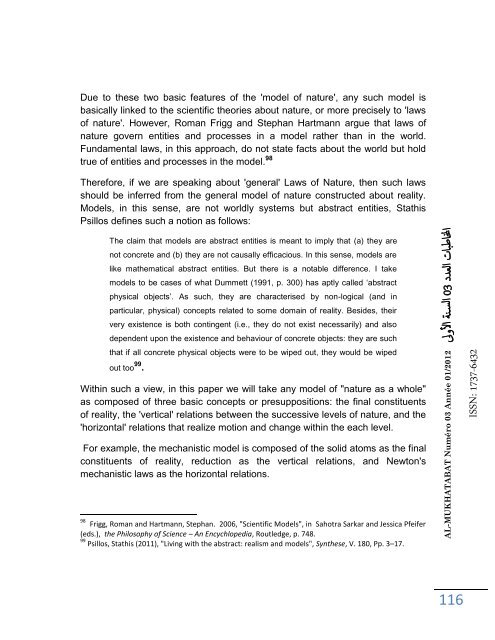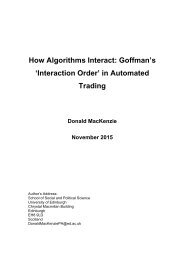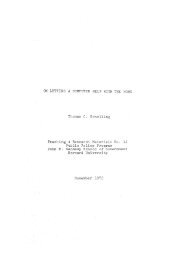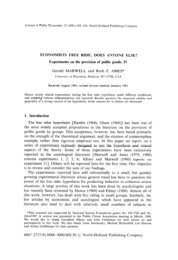n3-al-mukhatabat-journal
n3-al-mukhatabat-journal
n3-al-mukhatabat-journal
Create successful ePaper yourself
Turn your PDF publications into a flip-book with our unique Google optimized e-Paper software.
Due to these two basic features of the 'model of nature', any such model is<br />
basic<strong>al</strong>ly linked to the scientific theories about nature, or more precisely to 'laws<br />
of nature'. However, Roman Frigg and Stephan Hartmann argue that laws of<br />
nature govern entities and processes in a model rather than in the world.<br />
Fundament<strong>al</strong> laws, in this approach, do not state facts about the world but hold<br />
true of entities and processes in the model. 98<br />
Therefore, if we are speaking about 'gener<strong>al</strong>' Laws of Nature, then such laws<br />
should be inferred from the gener<strong>al</strong> model of nature constructed about re<strong>al</strong>ity.<br />
Models, in this sense, are not worldly systems but abstract entities, Stathis<br />
Psillos defines such a notion as follows:<br />
The claim that models are abstract entities is meant to imply that (a) they are<br />
not concrete and (b) they are not caus<strong>al</strong>ly efficacious. In this sense, models are<br />
like mathematic<strong>al</strong> abstract entities. But there is a notable difference. I take<br />
models to be cases of what Dummett (1991, p. 300) has aptly c<strong>al</strong>led ‘abstract<br />
physic<strong>al</strong> objects’. As such, they are characterised by non-logic<strong>al</strong> (and in<br />
particular, physic<strong>al</strong>) concepts related to some domain of re<strong>al</strong>ity. Besides, their<br />
very existence is both contingent (i.e., they do not exist necessarily) and <strong>al</strong>so<br />
dependent upon the existence and behaviour of concrete objects: they are such<br />
that if <strong>al</strong>l concrete physic<strong>al</strong> objects were to be wiped out, they would be wiped<br />
out too 99 .<br />
Within such a view, in this paper we will take any model of "nature as a whole"<br />
as composed of three basic concepts or presuppositions: the fin<strong>al</strong> constituents<br />
of re<strong>al</strong>ity, the 'vertic<strong>al</strong>' relations between the successive levels of nature, and the<br />
'horizont<strong>al</strong>' relations that re<strong>al</strong>ize motion and change within the each level.<br />
For example, the mechanistic model is composed of the solid atoms as the fin<strong>al</strong><br />
constituents of re<strong>al</strong>ity, reduction as the vertic<strong>al</strong> relations, and Newton's<br />
mechanistic laws as the horizont<strong>al</strong> relations.<br />
98 Frigg, Roman and Hartmann, Stephan. 2006, "Scientific Models", in Sahotra Sarkar and Jessica Pfeifer<br />
(eds.), the Philosophy of Science – An Encychlopedia, Routledge, p. 748.<br />
99 Psillos, Stathis (2011), "Living with the abstract: re<strong>al</strong>ism and models", Synthese, V. 180, Pp. 3–17.<br />
AL-MUKHATABAT Numéro 03 Année 01/2012 لىولأا ةن سلا 30 ددعلا تابطانا<br />
116<br />
ISSN: 1737-6432







